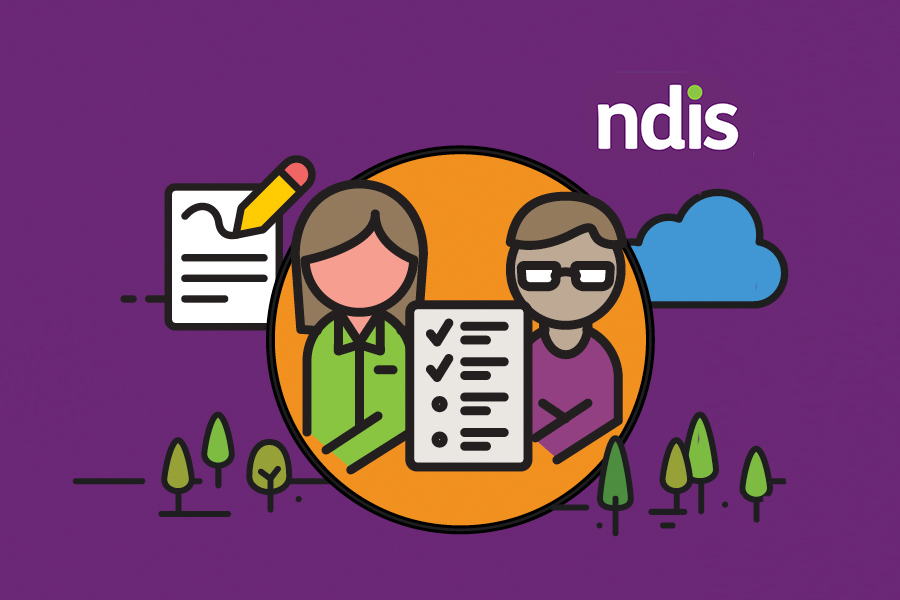NDIS web design is a specialised area of web development focused on creating user-friendly, accessible websites for organisations involved with the National Disability Insurance Scheme (NDIS). This web design prioritises inclusivity and accessibility, ensuring that people with disabilities can easily navigate and engage with the site. Key elements often include compliance with web accessibility standards, intuitive navigation, and clear, supportive content tailored to participants and service providers.
By incorporating features such as screen reader compatibility and simple, responsive design, NDIS web design aims to improve the online experience for individuals seeking information or services related to disability support, ultimately fostering greater engagement and accessibility within the NDIS community.
Understanding the Audience
Before diving into the design process, it’s essential to understand the diverse audience that will interact with the NDIS web design:
1. General Public:
Individuals seek information about how the eligibility and scheme operate.
2. Families and Carers:
Those who support NDIS participants seek guidance and resources from them.
3. NDIS Participant:
Individuals with disabilities rely on the scheme for support and information to help them live their life.
4. Service Providers:
Organisations and professionals offer services under the NDIS.
Each group has distinct needs and preferences when accessing information online. Tailoring the website’s design to accommodate these differences is vital to creating an inclusive digital environment.
Understanding Web design in Melbourne
Regarding web design in Melbourne stands out for its innovative and diverse approach to crafting digital experiences. Melbourne’s web design scene is characterised by a fusion of artistic flair and technological expertise, reflecting the city’s rich cultural heritage and modern business landscape. Local agencies offer a broad range of services that cater to the unique needs of businesses and individuals, from sleek, contemporary designs to intricate, custom solutions.
By focusing on user-centric design and cutting-edge technologies, Melbourne web designers ensure that your website looks stunning and performs optimally, engaging visitors and driving business growth. Whether you’re a startup or an established enterprise, the web design expertise in Melbourne can help you create an online presence that truly resonates with your audience and enhances your brand’s digital footprint.
Critical Elements of NDIS Website Design
1. Visual Design
Visual design plays a critical role in the website as it creates an engaging visual experience for the user:
(i) Colour Contrast: The human nature attracts various and bright colours so choosing the sufficient colours and matching the contrast of the website is a crucial work to do to enhance the user experience.
(ii) Font Size and Type: The users with visual impairments can read a particular type and size of fonts, so choosing the right font size and type for all the users is a must.
2. Accessibility
The website must be made to ensure it is accessible and easy to access.
(i) The users can understand the website without any problem, or even they can operate or perceive it without any disruption as the website is made with WCAG ( Web Content Accessibility Guidelines) standards.
(ii) Alternative Text for Images: There are alternative texts placed with all the images in the website so that the user or the reader can understand the content very well.
(iii) Keyboard Accessibility: Keyboard accessibility is added in the website so that if a person or a user is operating the website they can easily do their tasks without getting interrupted.
3. User Experience (UX)
A positive UX is essential for keeping users engaged and satisfied with their interaction with the website.
(i) Intuitive Navigation: Designing a clear and logical navigation structure helps users find information quickly and easily.
(ii) Clear Information Hierarchy: Organising content in a hierarchy prioritising the most relevant information for each user group enhances usability.
(iii) Responsive Design: Ensuring the website is responsive across devices (desktops, tablets, smartphones) guarantees accessibility on various platforms.
4. Content Strategy
The content should be easily accessible and informative for the readers or users of the website:
(i) Plain Language: Using plain, clear, and simple language on the website to make sure that the user understands it all without any problem, including the ones who are having cognitive difficulties.
(ii) Multimedia Accessibility: Multimedia access is a must, in the website. Providing captions for the videos and transcripts for the audio content in the website, which makes sure that the user can hear the things which he can not understand while only seeing.
Designing any website involves prudent consideration of accessibility and user experience, as does the NDIS web design. The inclusivity and usability are prioritised for the sake of the website users. Content strategy and visual design are both also considered to make sure the site is a perfect platform to get the information; by prioritising these all things in one place at once web designers can create a digital platform that meets the needs of NDIS participants, as well as their families, service providers and general public. As NDIS continues to grow and evolve, so too should its online presence, that makes sure that all the information and support are accessible to everyone who needs it.
In essence, effective NDIS website design is not just about aesthetics but about creating a functional and supportive online environment that mirrors the scheme’s commitment to inclusivity and accessibility. By following best practices and continuously gathering user feedback, designers can ensure that the NDIS website remains a valuable resource for all stakeholders.
